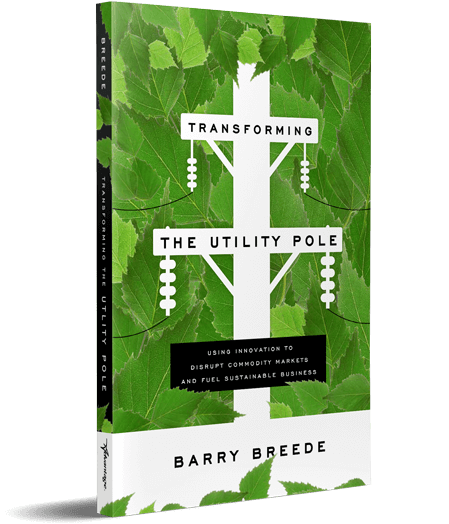Disposal is inevitable. At some point, a product will need to be disposed of. It’s what occurs at, during, and after that disposal that has led many utilities to believe there are only a few set and costly options.
However, that’s looking through the lens of traditional methods—an economic method where the product is discarded at the end of its life. This is also known as a “linear economy” approach. For centuries, it was about the only model anyone knew, and it has left us with the problems we have today: what to do with all of this waste, much of which is damaging our atmosphere. While the problems with this model have been mitigated by improved production practices and by the rise of recycling, the business model of the vast majority of companies still takes the linear model for granted.
Breaking out of this thought process represents a hugely disruptive form of innovation. For many companies, it takes looking at the product’s life cycle, and how it applies to them, in a different way. I’ve mentioned before the concept of a circular economy, which in essence extends the life of the product by repurposing it at the end of one life into another useful life.
The circular economy is a relatively new trend, but many businesses are already taking on the model for purposes of both environmental sustainability and profitability—both achieved through the elimination of waste. Environmental constraints suggest that businesses ought to incorporate the idea of the circular economy into their business models.
And, believe it or not, seeking innovation in this area makes business sense. The elimination of waste is a cost-saving measure—landfills, for instance, are getting more and more expensive to use. This can be a brand differentiator and create deeper customer relationships, the kind of “stickiness” that makes customers or clients adhere to a particular vendor. Repurposing the disposed-of product in a way that it can somehow be led back to the customer is a powerful model. The investment community views the circular economy as a positive contributor to company profitability, primarily through a reduction in the cost of raw materials. As a result, many direct their dollars based on the ability of companies to perform well in this area.
Learn more about how your company can change its existing processes and methods to become a more sustainable—and profitable—operation by grabbing your copy of Transforming the Utility Pole: Using Innovation to Disrupt Commodity Markets and Fuel Sustainable Business.

